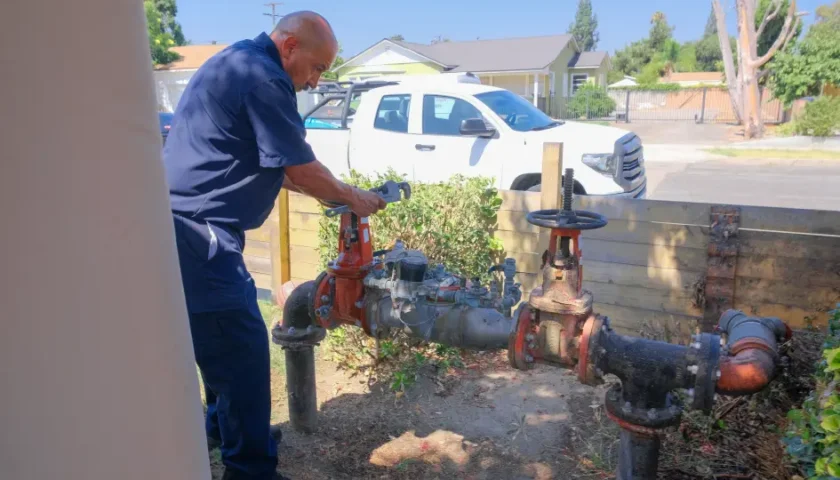Solid-state drives (SSDs) have revolutionized the way we store and access data, offering superior speed, reliability, and durability compared to traditional hard drives. If you’re considering upgrading to a 1TB solid-state drive, this blog will guide you through everything you need to know about solid-state drives and help you make the right choice.
What Is a Solid State Drive?
A solid-state drive (SSD) is a data storage device that uses flash memory to store information. Unlike traditional hard disk drives (HDDs), SSDs have no moving parts, making them faster and more durable. Here’s what sets them apart:
- Speed: SSDs offer read/write speeds up to 10x faster than HDDs.
- Durability: With no moving components, SSDs are less prone to mechanical failure.
- Efficiency: They consume less power, making them ideal for laptops and other portable devices.
Benefits of Using Solid State Drives
1. Faster Boot and Load Times
SSDs dramatically reduce system boot times and application loading times. Whether you’re a gamer, content creator, or professional, the speed boost can enhance productivity and reduce frustration.
2. Energy Efficiency
SSDs are energy-efficient, which helps prolong battery life in laptops and reduces power consumption in desktops. This is especially beneficial for environmentally conscious users.
3. Enhanced Durability
Since SSDs lack mechanical components, they are less susceptible to shock and vibration, making them perfect for mobile devices and external storage.
4. Quieter Operation
Unlike the spinning disks and whirring parts of an HDD, SSDs operate silently. This can significantly improve the overall user experience, especially in quiet work environments.
Why Choose a 1TB Solid State Drive?
A 1TB solid-state drive offers the perfect balance between storage capacity and affordability. Here’s why it’s a great choice:
- Ample Storage: 1TB is enough to store large files, games, and multimedia collections without running out of space.
- Affordable Pricing: Prices for 1TB SSDs have dropped significantly, making them accessible to more users.
- Versatile Usage: Ideal for gaming, video editing, and running multiple applications simultaneously.
Key Factors to Consider When Buying a 1TB Solid-State Drive
1. Type of SSD (SATA, NVMe, or PCIe)
SSDs come in various types, each offering different levels of performance.
- SATA SSDs: Affordable and widely compatible, but slower than other options.
- NVMe SSDs: Provide blazing-fast speeds, ideal for high-performance tasks.
- PCIe SSDs: Offer the fastest speeds and are commonly used in gaming and professional setups.
2. Speed and Performance
Look for SSDs with high read/write speeds, measured in megabytes per second (MB/s). Higher speeds translate to faster file transfers and smoother performance.
3. Endurance and Lifespan
Check the drive’s endurance rating, usually measured in terabytes written (TBW). A higher TBW indicates a longer lifespan, making it a better investment.
4. Brand and Warranty
Choose reputable brands like Samsung, Crucial, or Western Digital. These companies typically offer solid warranties and reliable customer support.
Best Use Cases for Solid-State Drives
1. Gaming
A 1TB solid-state drive is perfect for gamers, allowing for quick game installations and reduced loading times. With games often exceeding 100GB, a large-capacity SSD ensures you have room for your entire library.
2. Professional Work
Content creators, video editors, and graphic designers benefit from the speed and reliability of SSDs. Large project files can be saved and accessed without delay, boosting productivity.
3. Everyday Computing
For general users, an SSD can make everyday tasks like web browsing, streaming, and multitasking much smoother.
How to Upgrade to a 1TB Solid-State Drive
1. Check Compatibility
Ensure your device supports SSD installation. Check the available slots and connector types (SATA or NVMe).
2. Backup Your Data
Before replacing your old drive, back up all important files to avoid data loss during the upgrade process.
3. Install the SSD
Follow the manufacturer’s instructions or seek professional help to install the SSD correctly. After installation, format the drive and reinstall your operating system.
4. Optimize the SSD
Enable TRIM, a command that helps maintain the drive’s performance over time. Additionally, avoid filling the drive to its maximum capacity to ensure optimal speed.
Maintaining and Optimizing Your Solid-State Drive
1. Keep the Drive Updated
Manufacturers often release firmware updates to improve performance and reliability. Regularly check for updates on their websites.
2. Enable TRIM
TRIM helps the SSD manage unused space, ensuring sustained performance over time.
3. Avoid Overloading the Drive
Leave some free space on your SSD to maintain its speed and efficiency.
4. Monitor Health
Use tools like CrystalDiskInfo or Samsung Magician to monitor the health and performance of your SSD.
Conclusion
Upgrading to a 1TB solid-state drive can revolutionize your computing experience by providing faster speeds, better durability, and ample storage for all your needs. Whether you’re a gamer, a professional, or an everyday user, SSDs are a smart investment that ensures smoother performance and greater reliability.
FAQs
1. What is the main difference between an SSD and an HDD?
The main difference lies in speed and durability. SSDs are faster and more durable as they lack moving parts, whereas HDDs are slower and prone to mechanical failure.
2. Is a 1TB SSD enough for gaming?
Yes, a 1TB SSD is sufficient for most gamers. It can store multiple AAA games, each ranging from 50GB to 150GB, with room to spare.
3. Can I replace my laptop’s HDD with an SSD?
Absolutely! Most laptops support SSD upgrades. Check your laptop’s specifications for compatibility before purchasing.
4. How long does a solid-state drive last?
SSDs typically last between 5 to 10 years, depending on usage and endurance rating.
5. Are SSDs worth the investment?
Yes, SSDs provide faster performance, enhanced durability, and energy efficiency, making them a valuable upgrade for any computer.



